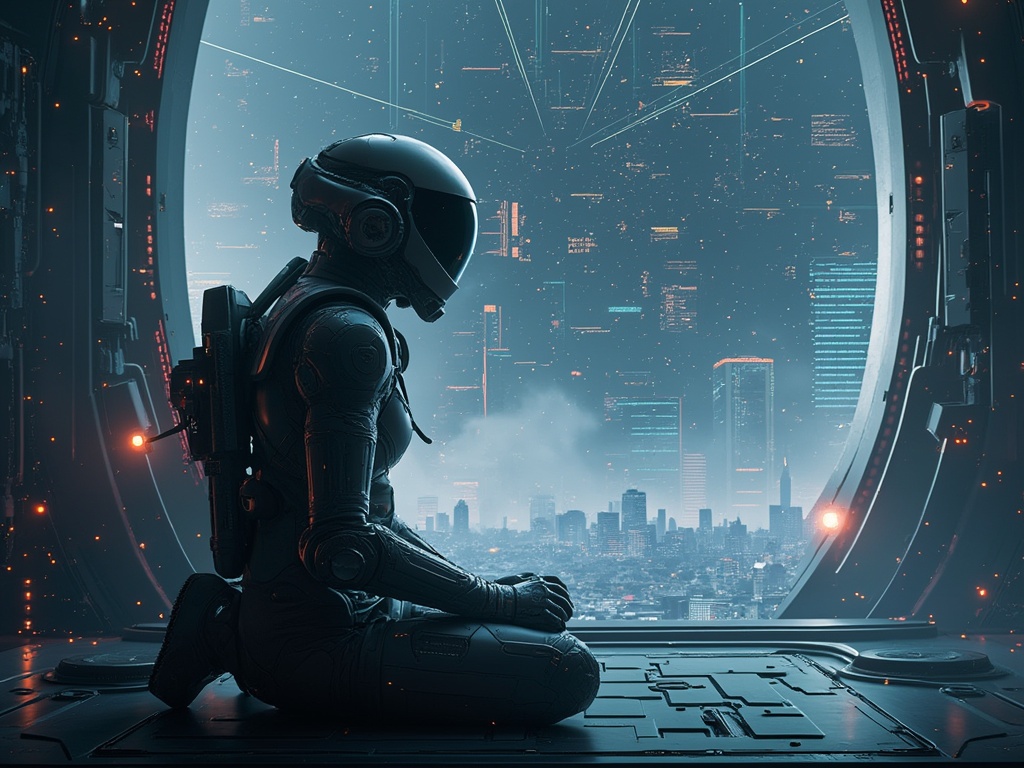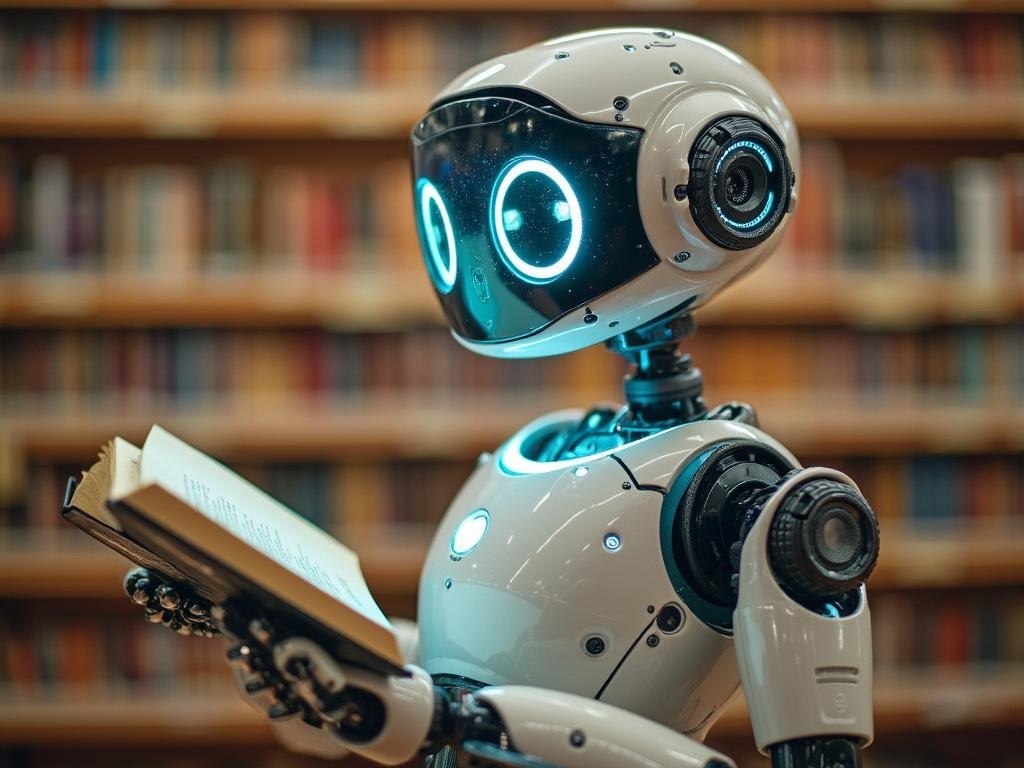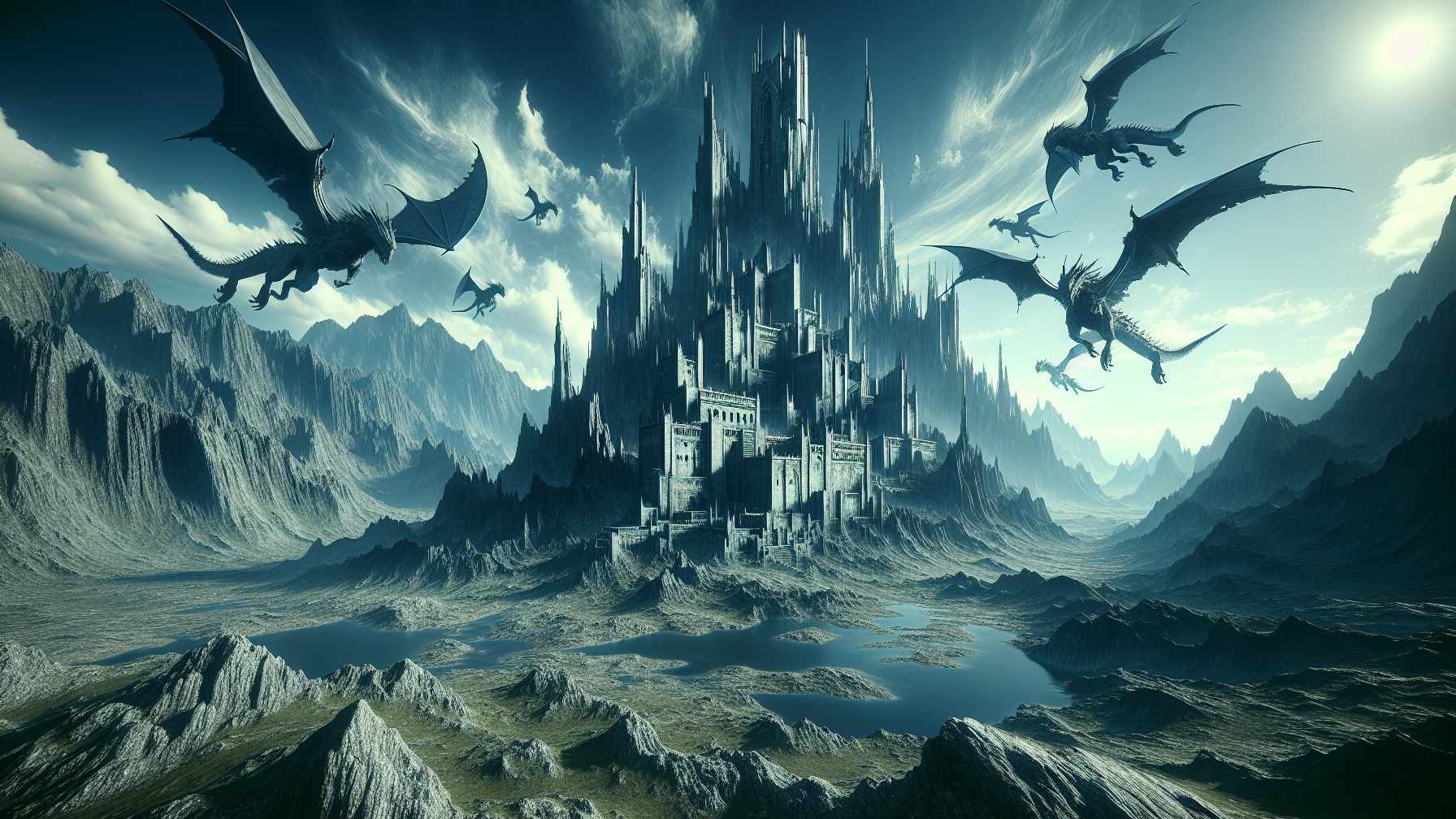Science fiction empowers writers to explore humanity’s future through imaginative yet plausible technological advances and societal shifts. A good sci-fi story generator tool can help writers develop creative premises, but crafting compelling science fiction requires balancing innovative concepts with human authenticity to create worlds that readers find both fascinating and believable.
Key Takeaways
- Effective science fiction requires consistent world-building with clear rules that govern technology and society
- The best sci-fi balances technological innovation with realistic limitations and consequences
- Character reactions to technology should feel authentic and human rather than serving merely as plot devices
- Using a sci-fi story ideas generator can spark creativity while still requiring thoughtful development
- Great science fiction often examines ethical questions about how technology changes what it means to be human
https://www.youtube.com/watch?v=1rzYnxdwD0
Creating Believable Futuristic Worlds: The Foundation of Great Sci-Fi
Every compelling science fiction narrative begins with a well-crafted world that feels both extraordinary and plausible. I’ve found that the most immersive sci-fi doesn’t just present cool technology but builds comprehensive societies around it. When establishing your sci-fi universe, start with a high-concept premise that challenges conventional thinking—like the spice economy in “Dune” or vibranium technology in “Black Panther.”
Developing historical timelines that explain how your world evolved from our present makes technological advances feel natural rather than arbitrary. Your world should operate on fixed scientific rules that remain consistent throughout your story. This consistency forms the contract between writer and reader that allows for suspension of disbelief.
For writers who need inspiration, a sci fi story generator can provide interesting premises, but transforming these ideas into fully realized worlds requires careful thought. Consider creating a world-building template that addresses:
- Energy sources and their distribution
- Government structures and power dynamics
- Key historical events that shaped your world
- Economic systems and resource allocation
- Cultural norms and how they’ve evolved with technology
The Science Behind the Fiction: Making Technology Believable
The most compelling science fiction walks a delicate line between innovative concepts and scientific plausibility. Many sci-fi readers have technical backgrounds and quickly detect when technology feels arbitrary or contradicts established scientific principles. I’ve learned that researching actual scientific developments and extrapolating realistically gives your fictional technology credibility.
When developing technology for your story, it’s essential to establish clear limitations. Consider how faster-than-light travel might require enormous energy or how teleportation could have biological side effects. These constraints often create the most interesting story complications.
A science fiction story generator might suggest intriguing technologies, but asking critical questions about those technologies elevates your story:
- Who benefits from this technology?
- Who’s excluded from access?
- What are the unintended consequences?
- How does it change power dynamics?
- What ethical questions does it raise?
Creating a technology impact matrix showing both benefits and drawbacks helps ensure your sci-fi world feels three-dimensional. Remember that consistency is crucial—if you establish that teleportation kills the original person and creates a copy, maintain this consequence throughout your story.
Humanizing the Future: Characters Who Respond Authentically
The most memorable science fiction features characters whose motivations directly connect to the unique challenges of their world. Even with access to a sophisticated ai sci fi story generator, the human element remains something only you can fully develop. Your characters shouldn’t just occupy your world—they should be shaped by it in ways that feel natural.
I focus on showing how different personality types respond to technological change. The technophile embraces new innovations, the traditionalist resists them, and most characters fall somewhere in between. This spectrum creates authentic conflict that drives your narrative.
Avoid stereotypical “future speak” in dialogue. Instead, focus on natural responses to extraordinary circumstances. Writing dialogue that feels real means characters should sound like people, not exposition machines.
Character decisions should reflect the ethical dilemmas raised by your world’s technology. For instance, a character might struggle with whether to use memory-altering technology to forget a painful experience, weighing personal relief against authentic identity.
Showing Rather Than Telling: Subtle World-Building
The art of subtle world-building separates amateur science fiction from professional work. Rather than explaining how technologies function through extended exposition, integrate world details through natural dialogue and character interactions. A casual reference like “Hand me that neural-link before the boss catches us” reveals technology, workplace dynamics, and potential conflict all at once.
Focus on creating sensory experiences unique to your world—the metallic taste of recycled air on a space station, the subtle disorientation after faster-than-light travel, or the distinctive hum of antigravity engines. These tactile details make your world feel lived-in rather than theoretical.
Reference historical events casually as characters would in real life. Instead of explaining “The Mars Colony Rebellion of 2157 led to independence,” have a character mention “typical entitled Martian attitude—they’ve been impossible since they won independence.”
A sci-fi generator might give you a premise about neural implants, but showing a character’s discomfort during a software update creates more immersion than explaining how the technology works. These lived experiences draw readers into your world more effectively than technical explanations.
Crafting Compelling Consequences: The Heart of Sci-Fi Drama
The most thought-provoking science fiction examines the ethical implications of technological advancement. When using a science fiction story generator to spark ideas, I always consider the societal ripple effects of any proposed technology. How would universal brain-computer interfaces change privacy? Would life extension technology create new social hierarchies?
Explore how technology changes social relationships and power dynamics. Show both intended and unintended consequences of innovations. A medical breakthrough might eliminate disease while creating new forms of addiction or dependency. These complex outcomes create layered storytelling opportunities.
Create conflict from technological dependency or resistance to change. Characters making difficult choices in response to technological developments drive compelling narratives. The most memorable sci-fi examines how technology changes what it means to be human while still acknowledging our fundamental nature.
Consider the everyday implications as well. How might instant communication affect family dynamics? Would automated manufacturing change concepts of craftsmanship and work satisfaction? These subtle consequences often prove more interesting than dramatic disaster scenarios.
Avoiding Tired Tropes: Breaking New Ground
Even with a helpful sci fi story ideas generator, you’ll want to avoid falling into predictable narrative patterns. The most refreshing science fiction subverts expected conventions—featuring benevolent AI instead of evil ones, or non-humanoid aliens with truly alien psychology rather than human motivations in different bodies.
I recommend mixing genres creatively to develop fresh storytelling approaches. Consider a cyberpunk detective noir, a space western with ecological themes, or dystopian stories with unexpected social structures. These combinations can revitalize familiar science fiction elements.
Challenge assumptions about technological progress always being positive. Some of the most interesting science fiction explores ambiguous advancements that solve problems while creating new ones. Even utopian societies can contain hidden costs worth exploring.
To stay original, create a “trope subversion list” identifying common sci-fi elements you’ll reimagine in fresh ways. If you’re using a sci-fi story generator, examine its suggestions critically and look for opportunities to twist expected outcomes in surprising directions.
Anchoring the Fantastic with the Familiar: Creating Reader Connection
No matter how far-future or exotic your setting, readers need emotional anchors to connect with your story. Including recognizable human emotions and relationships amid futuristic settings creates this essential bridge. A character’s anxiety about meeting their partner’s family remains relatable whether it happens in a suburban home or aboard an interstellar cruiser.
Reference modified versions of current brands or cultural touchpoints to create a sense of continuity with our present. Showing how everyday activities change with technology—cooking, entertainment, romance—provides readers with familiar reference points in an unfamiliar world.
Balance the extraordinary with mundane reality. Even in the most advanced societies, people will face practical challenges like maintenance issues with spaceships or budget constraints for technology access. These everyday concerns make your world feel lived-in rather than merely conceptual.
Readers connect with stories that balance the wonder of the future with recognizable human experiences. When using a sci-fi generator for inspiration, I always look for ways to ground the fantastic elements in relatable human needs and desires.
Research and Consistency: The Science Fiction Writer’s Toolkit
Creating believable science fiction requires research even when using an ai sci fi story generator for initial concepts. I regularly consult scientific journals and futurists for trend predictions to ground my speculative elements in current understanding. This research provides a foundation of plausibility that supports more imaginative leaps.
Create detailed technology specification documents to maintain consistency throughout your story. Nothing breaks immersion faster than technology that works differently from one chapter to the next without explanation. This documentation becomes especially important for series writing.
Developing a glossary of unique terms used in your world helps maintain consistency in your writing and assists readers in navigating your created universe. Test your scientific premises with knowledgeable beta readers who can spot logical flaws or opportunities for more interesting developments.
Remember that revolutionary concepts need more grounding details to feel believable. Using AI tools to build a story world can help you manage these details effectively, but the final integration requires human creativity and consistency checking.
Your most compelling science fiction will balance fascinating technological concepts with deeply human stories, creating worlds that readers can both believe in and lose themselves within. Whether you start with a sci-fi story generator or your own premise, the careful development of a consistent, thoughtful world brings your vision to life.
The article explores how to create compelling science fiction by balancing imaginative technology with human authenticity. Effective sci-fi requires consistent world-building with clear rules governing technology and society. Writers should develop believable technological innovations with realistic limitations and consequences while ensuring character reactions feel authentically human. The most thought-provoking science fiction examines ethical questions about how technology changes humanity.
| Key Elements of Compelling Science Fiction | Description |
|---|---|
| Consistent World-Building | Creating comprehensive societies with fixed scientific rules that remain consistent throughout the story |
| Believable Technology | Balancing innovation with scientific plausibility and establishing clear limitations |
| Authentic Characters | Featuring people shaped by their world with natural responses to extraordinary circumstances |
| Subtle World-Building | Integrating world details through dialogue and sensory experiences rather than exposition |
| Ethical Implications | Examining how technology changes social relationships, power dynamics, and human nature |



